
Email overload is rampant
A recent study reveals that email obsession is not only unproductive, but actually has health implications, as the heart rate of a frequent email checker is in constant high alert mode, meaning it does not rest or increase like a normal heart should. According to SaneBox, the average employee receives 200 emails per day, with only about 20 of importance. The company also says that typical office worker spends 13 hours each week sending 110 emails per day.
Clearly, the inbox holds a lot of weight in terms of how productive an office is capable of being. As a full suite of email management tools, SaneBox says they save users an average of 2 hours per week from digging through their inboxes.
Dmitri Leonov of the SaneBox team tells AGBeat that is it not uncommon for people to struggle with a huge volume of email that exceeds their ability to manage. “Rather than being a convenient way to communicate, it’s become a source of stress. Sound familiar?”
Five ways to end email overload
Leonov offers a five-step solution:
1. Admit the problem – yes, really! You’re in denial. You aren’t able to handle your daily deluge of emails, and you need serious help. Recognize this and move on to step 2.
2. Understand that you have two options for dealing with your emails: find someone else to handle part of your email traffic, or just ignore whatever emails for which you don’t have the time.
3. Begin by finding someone who has the time to assume a portion of your email responsibilities. Forward them some of your less important emails so you have more time to focus on crucial messages.
4. If that unfortunate person in #3 doesn’t exist in your company, admit that not all email messages carry equal weight. Some are important, some can wait, and others are just taking up space in your email account – and this doesn’t include spam emails that are sent straight to your trash folder. Identify the hierarchy of your inbox, and always address the most important emails first.
This is where a tool like Sanebox comes in. It calculates the importance of your emails (with exceptional accuracy) based only on history of your communications, as well as social network connections – without ever looking at the content of the emails. It keeps important emails in your inbox, filters unimportant ones into a separate folder, and summarizes them in a daily digest. This way you don’t miss anything, but your inbox only contains the important messages!
5. Don’t open ANY emails until you’re prepared to take action; failure to follow this rule often results in opened emails that never get addressed and are eventually “lost in the sauce.” Every email needs to be either forwarded elsewhere, deleted, filed, tagged or responded to. Force yourself to see each of these through to completion.
The takeaway
There are two primary ways to solve email overload – changing your behavior patterns and adopting email management tools can go a long way toward reducing the stress levels associated with email. Doing so can improve productivity and have a positive impact on any company’s bottom line.
Marti Trewe reports on business and technology news, chasing his passion for helping entrepreneurs and small businesses to stay well informed in the fast paced 140-character world. Marti rarely sleeps and thrives on reader news tips, especially about startups and big moves in leadership.


















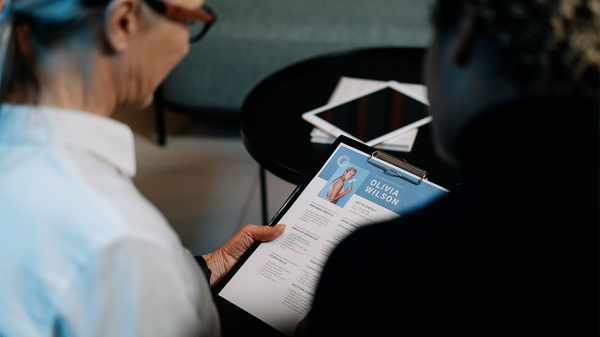
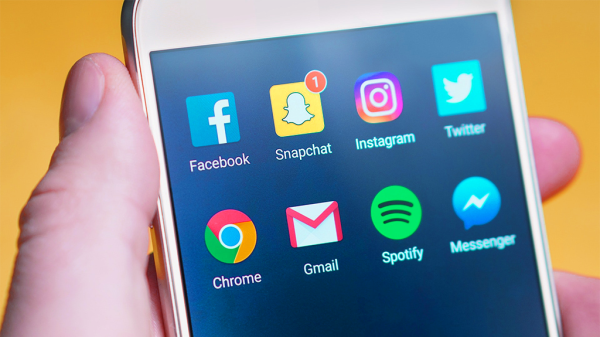
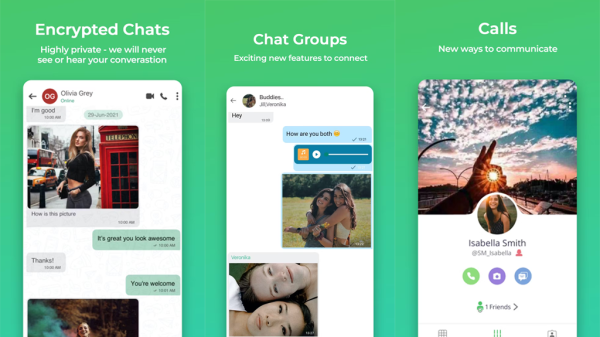
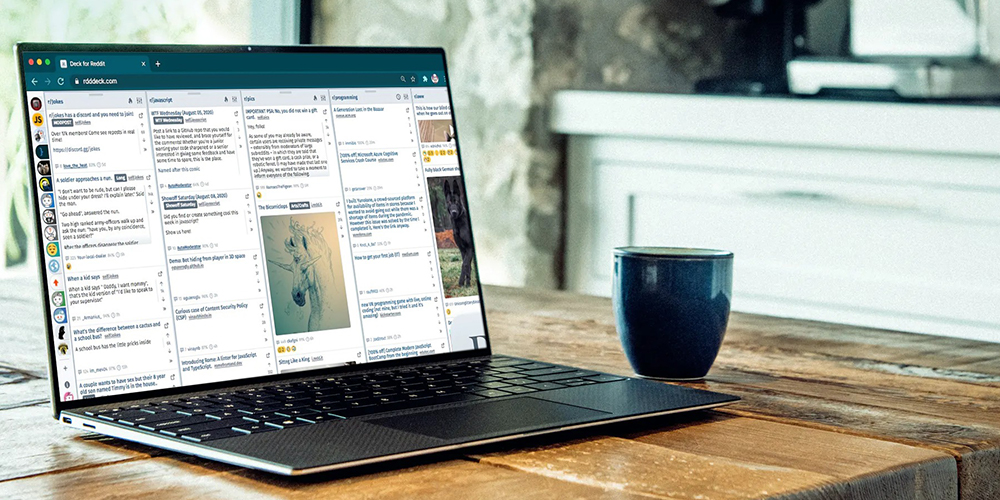
















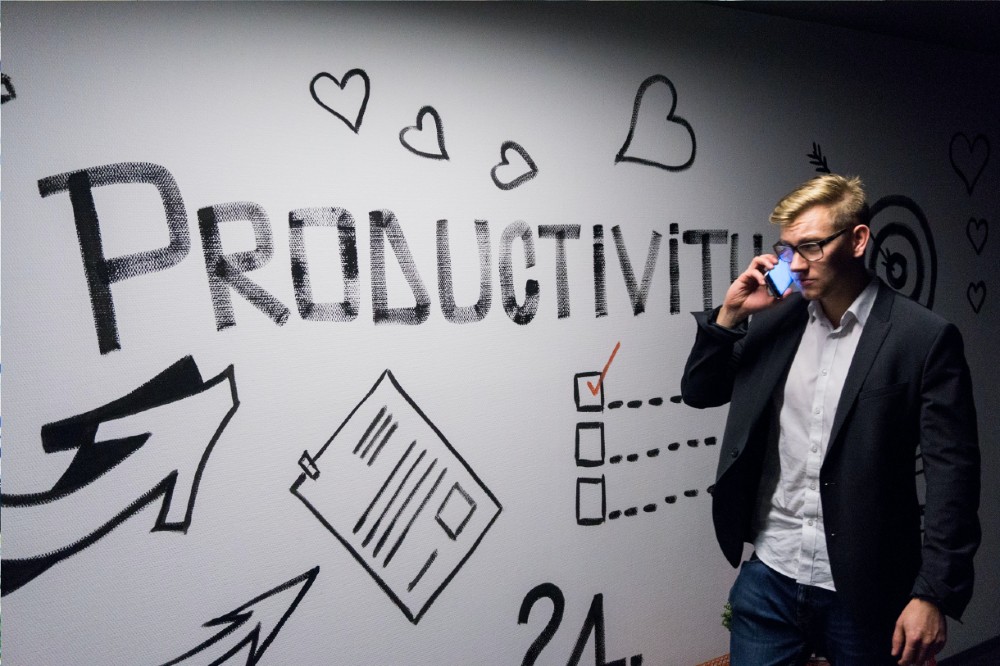

allyhwltt
May 29, 2012 at 3:23 pm
Great advice here. Email management tools are essential to maintaining my inbox and are the gateway to keeping proficient response time on my emails. I’d also recommend using PowerInbox, which brings apps not only to emails themselves, but to the user’s inbox as well. It allows the user to interactively view and respond to messages, comments, requests, reminders all inside the email – for example, a Twitter email lets you post, favor, and reply to tweets as well as follow users. A Groupon email shows a live countdown to expiry and how many have been sold. Try it out or learn more at https://powerinbox.com/learnmore
Emailogic
May 30, 2012 at 5:19 am
Yes some useful tools for improved email management.
However consider that changing email behaviour can have an immediate impact on volume and irrelevant email traffic – and professional email etiquette training is such a quick win.
For some ideas on improving staff efficiency visit http://www.emailogic.com